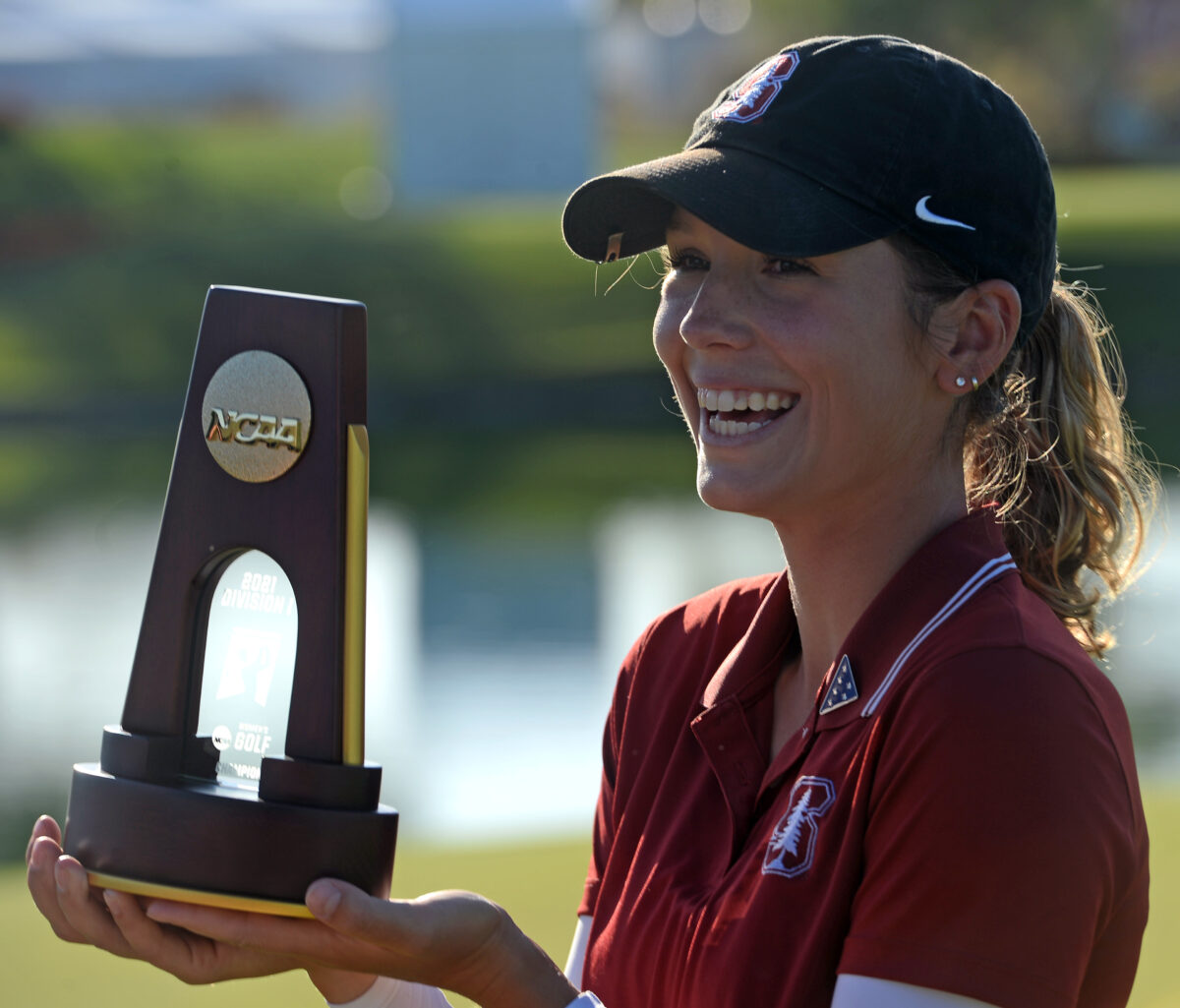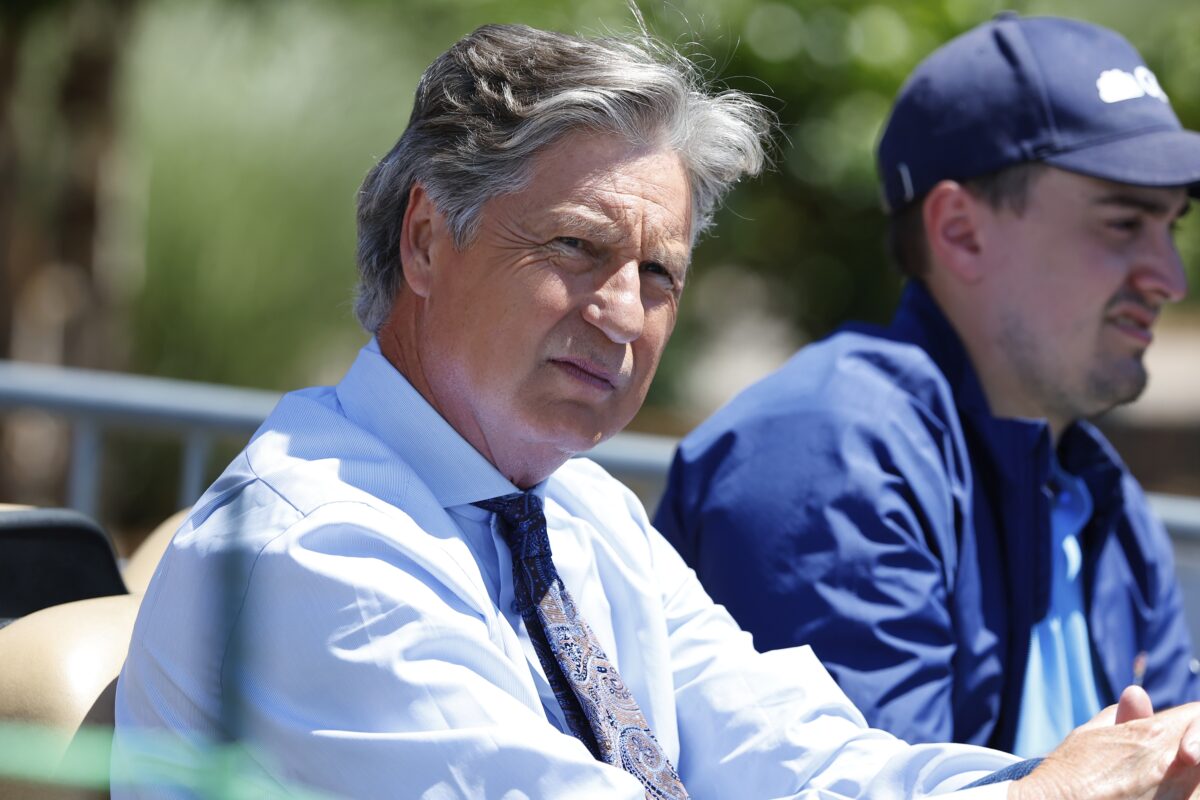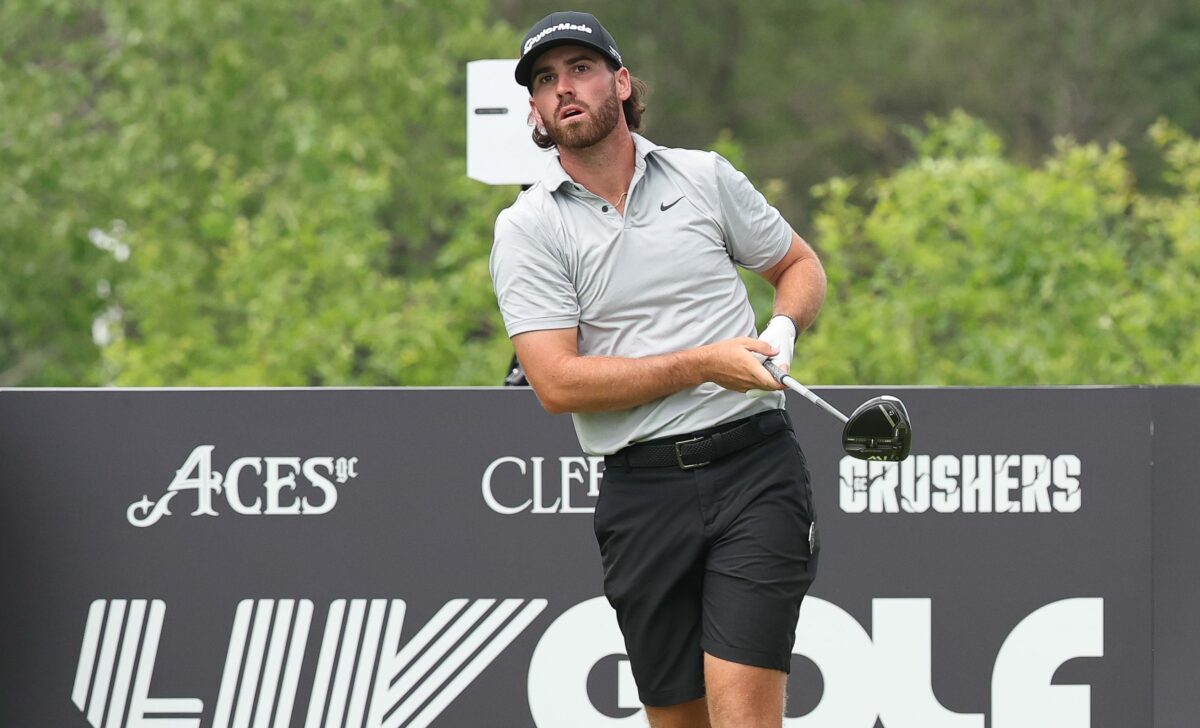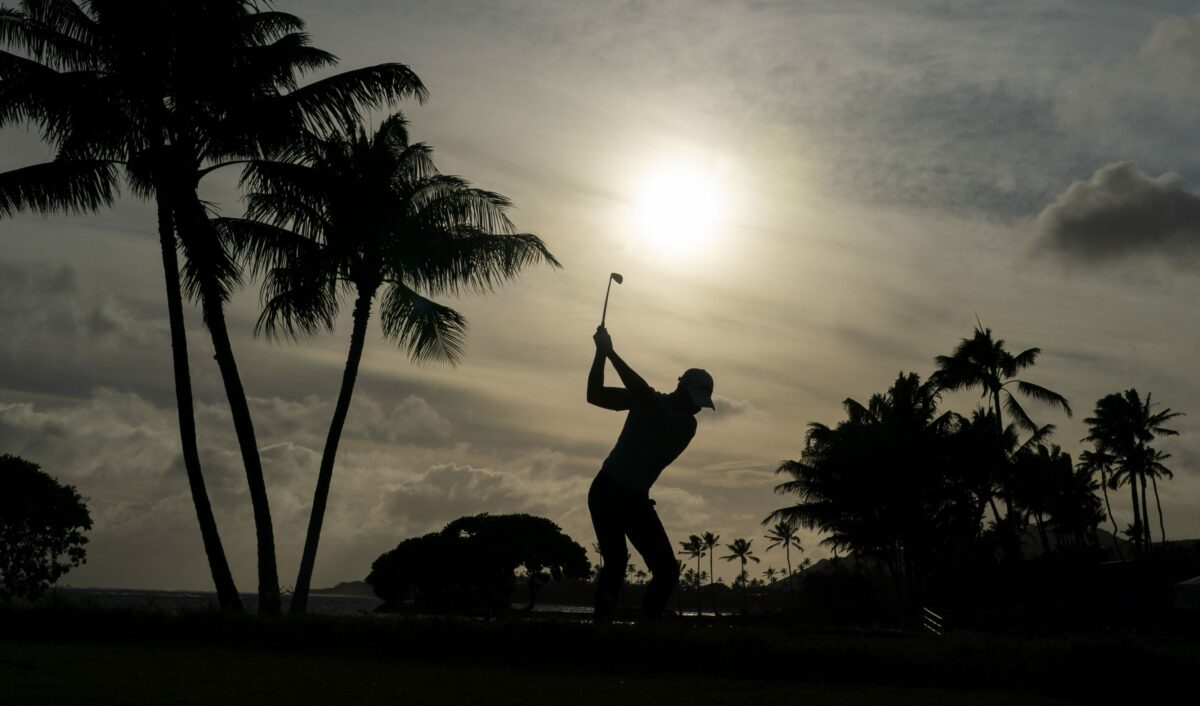Following the success of its initial PGA Tour Creator Classic at the Tour Championship in August, the PGA Tour is leaning into working with YouTube content creators and influencers. On Friday, the Tour announced the PGA Tour Creator Council, which will consist of up to 10 top creators in the golf space. The Council is initially made up of the following creators (listed in alphabetical order):
- Bob Does Sports
- Bryan Bros Golf
- Erik Anders Lang
- Foreplay/Barstool Sports
- No Laying Up
- Paige Spiranac
- Roger Steele
- Tisha Alyn
- Two more to be announced at a later time
“The Creator Council is about the Tour evolving,” said Andy Weitz, the PGA Tour’s chief marketing & communications officer/investor relations. “It’s clear that there is a new fan base, a next generation of fans that want to consume content and learn about golf in general through different channels in different ways. It just makes sense to connect from those who are doing it well, who are maybe doing it best and learn from them what we can do better and what we can do together.”
The Creator Classic, which saw 16 creators play the back nine of East Lake Golf Club the day before the first round of the Tour Championship, proved to be the tipping point of an increased push by the Tour to integrate the industry’s top content creators into the professional game. The event aired live on Golf Channel, ESPN+, Peacock and YouTube. The YouTube video has amassed 2.5 million views, with another 2.8 million views across the 16 content creators’ individual YouTube videos of the event.
Weitz, Norb Gambuzza, executive vice president of media and marketing and communications representatives will represent the Tour. The goal is for the Creator Council to speak on a monthly basis and meet at least three times a year in person – likely at Tour events – which could potentially be opportunities to hold additional iterations of the Creator Classic, and discuss a variety of different topics and share best practices. Initially, the focus will be on collaborative content development and fan engagement, but other topics on the table include PGA Tour media regulations and PGA Tour event/broadcast enhancements.

“This is an example of the Tour asking for feedback and knowing we’re going to be accountable to evolving alongside these creators — all in the service of reaching our fans and engaging them in new and different ways,” he said.
Weitz said the Tour’s embrace of the content creators and influencers is driven by a series of things.
“First of all, our recognition that the next generation of fans want to engage differently. Golf is growing and thriving, especially on YouTube, but there’s an opportunity to create bridges, if you will, to create PGA Tour fans,” Weitz said. “Secondly, our players are getting younger, they are getting more savvy and this is of their generation and they want to engage directly with their fans in this way. We want to make sure we are working alongside them to make that as effective as possible.
“And third, I think it’s an example of the Tour wanting to go further, faster on behalf of the fans. If that’s something new, that’s something we hope to demonstrate more of in the future. From my perspective that’s not something new. What might be new is that we want to talk more directly to the fans through the marketplace and our stakeholders about how we’re evolving and we think this is a great example of that.”







